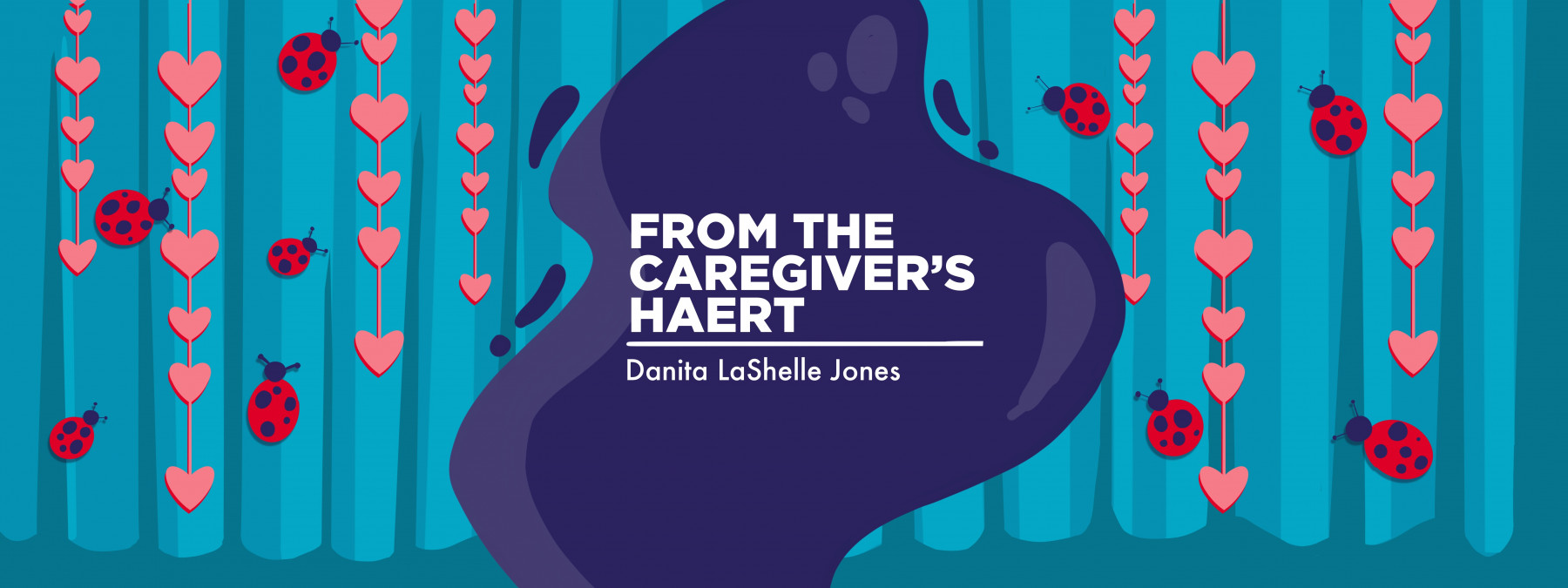For some caregiver skills, you just have to get a feel for them
Whether it's finding a vein or driving a stick shift, I've learned from experience
Written by |

While I’m sure there are more terrifying things to face on earth, I’m also sure my father couldn’t think of any as we picked up speed, careening backward down a steep hill.
“Put the brake on!” he yelled.
I immediately obeyed, and the car came to a screeching halt mere inches before it hit the curb.
With two daughters, my father made it his goal to ensure that we both had above-average car knowledge. Before we were allowed to get behind the wheel, we had to know how to add and change the oil, jump or change the battery, fill and change a tire, add antifreeze, understand what every notification light meant on the dash, and, of course, fill the gas tank. But the clincher for my dad was making sure that both daughters could drive a stick shift.
While my sister was easy to teach, my lessons proved to be slightly more stressful for him. And our last lesson, catching the clutch on a hill, was getting worse by the second.
“I can’t specifically tell you how to catch the clutch,” he said as we sat at the bottom of one of the steepest hills in our city. “Depending on the car, you just have to feel it.”
It took several more “hill” lessons before I finally learned what he meant. I had no idea that feeling my way through a task would prove a necessary skill later in life.
Lessons in caregiving
When our oldest daughter, whom we lovingly call Ladybug, was diagnosed with hereditary angioedema (HAE), I, as a logical person, thrived on anything that involved specific directions or processes.
However, when a nurse came to our house to train us on administering the medication Berinert and finding Ladybug’s veins, I was thrust into a very familiar lesson.
“It’s not always the veins you think you can see,” the nurse said after my third failed stick. “Sometimes, you have to trust what you feel.”
Sure enough, after taking her advice, I was successful.
And I’ve found other means to feel my way through certain caregiver skills and situations. Whether it’s the specific “pop” on the palm of my hand that the applicator makes on the medicine vials that lets the medicine come through successfully, or the pressure I must apply to prep a particular brand of saline syringes, it’s not something that can be explained. I just feel it.
Not unlike the car lesson, I was frustrated during the learning process and afraid I’d never learn. But as a caregiver of a child with a chronic illness, when the motivation is making her feel better, I never shied away from trying again.
Did I finally learn to catch the clutch on that hill? Yes. Did that mean that driving was smooth sailing after that? Not exactly. I’ve failed many times. But just like being a caregiver for someone with HAE, knowing what to do can make the next time you have to do it that much easier.
Note: Angioedema News is strictly a news and information website about the disease. It does not provide medical advice, diagnosis, or treatment. This content is not intended to be a substitute for professional medical advice, diagnosis, or treatment. Always seek the advice of your physician or other qualified health provider with any questions you may have regarding a medical condition. Never disregard professional medical advice or delay in seeking it because of something you have read on this website. The opinions expressed in this column are not those of Angioedema News or its parent company, Bionews, and are intended to spark discussion about issues pertaining to angioedema.







Leave a comment
Fill in the required fields to post. Your email address will not be published.